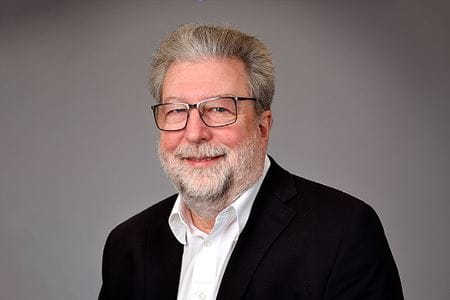Survivors of heart attacks often develop scar tissue which causes reduced cardiac function and development of disease. Cardiovascular regenerative medicine aims to replace scarred tissue with healthy muscle cells, to restore functionality and improve outcomes.
Loren J. Field, PhD, professor of medicine, physiology, biophysics and pediatrics, leads the Myocardial Regenerative Biology Research Program at the Krannert Cardiovascular Research Center at the Indiana University School of Medicine and has a track record in developing genetic models to gauge the rates of cardiomyocyte cell cycle renewal in both normal and injured adult hearts. Field devotes his time toward developing strategies to spur regenerative growth following a cardiac event.
“Many forms of adult cardiovascular disease have as a common endpoint death of cardiomyocytes — the muscle cells responsible for heart contraction. The ensuing loss of muscle mass ultimately results in loss of heart function,” Field said. “Since adult cardiomyocytes lack the ability to divide and make more cells, functional loss is permanent. We seek to develop strategies that will enable cardiomyocytes to divide following myocardial injury, where an increase in muscle mass may translate into increased cardiac function."
Within the last few years, the Myocardial Regenerative Biology Research Team showed a marked increase in cardiomyocyte S-phase activity in an in vivo model, that was due to the expression of a protein called TNNi3k, which has been implicated in adverse outcomes following cardiac injury. The S-phase is the sequence of DNA synthesis where cells replicate their genetic content.
While the presence of a functional gene was associated with increased level of cardiomyocyte S-activity, the first step required for cell division, the presence or absence of a functional Tnni3k gene did not influence the ability of the S-phase cardiomyocytes to progress through the cell cycle and ultimately divide. Results of the study were published in Circulation in January 2023.
